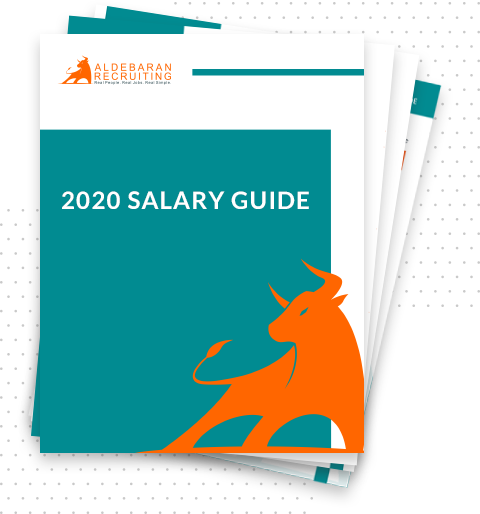Influencer marketing is when a company or organization pays a person with a large social media following to promote their product, service, or event. An influencer marketing campaign’s purpose could be to enhance traffic or brand exposure. A simple one-time campaign can use to facilitate the collaboration. However, firms are increasingly forming long-term partnerships with content creators, which is both efficient and profitable.
The whole goal of a social media marketing strategy is to be focused, so start by figuring out how social platforms may help your company. With your social media plan, you want to achieve branding, awareness, and traffic (which could lead to conversions). Don’t get into the trap of wanting to be on every social site because there are so many. Choose a few platforms that will help you achieve your objectives and prepare to devote all of your time and attention to them. LinkedIn is your transparent number one social network as an SEO recruitment agency, and it will require a lot of your time and effort.
Recruitment Influencer Marketing:
Let’s talk about what makes influencer marketing an appealing choice for people trying to fill roles within an organization now that we’ve witnessed its recent successes and impressive data.
1. Recruiters don’t use it enough:
While influencer marketing is abounding on social media platforms, much of it focuses on sales. Influencer marketing has become a tried and effective method of product promotion-the benefits of utilizing influencers to promote employer brands and job offers rather than tangible things underappreciated. You want to be the first to get a piece of the pie in today’s candidate-driven market.
Now is a beautiful moment to join in on the action before your competitors’ content floods the market.
2. High-quality content created by influencers:
Influencer-generated content is encouraging, inspiring, engaging, and creative. Professional photographers, artistic directors, and editors are all examples of influencers. They create new content that is far more genuine than stock photographs or films. Furthermore, as the client, you may be able to keep and reuse user-generated content for your website, career page, social media, posters, promotional brochures, and other uses.
3. Treat each channel separately:
Treat each channel as a separate entity, as each social media site caters to various consumers and goals. That means you should approach each of your goals and strategies differently.
4. Take your social media branding very seriously:
Take social media branding seriously – your social media platforms should demonstrate who your agency is, its values, and tone of voice (which should be the same throughout all your content, internal and external to your website).
5. Examine your rivals:
We didn’t say copy this time; we said check! In other words, keep an eye on the most successful advertisements and take inspiration from them. To stay on top of your game, keep an eye on what’s going on in your business by using tools like Hootsuite or Brand Mentions to monitor the “noise” across the web.
6. Create a content plan and editorial calendar:
Stay organized and write a four- or six-week communication plan to keep your promotional messaging constant. You’ll save time by composing all at once and scheduling with programs like Hootsuite or Buffer. Remember that social media is life at the moment, so make sure the messages you’re planning aren’t going to be out of date when they go live, and if something happens in your business, you need to share it right away, not in two weeks.
7. Rack and measure:
If you don’t include tracking and measures in your approach, your efforts will be in vain.
- People and businesses to follow/connect with should be among your goals.
- People who are following you or connecting with you.
- Weekly number of posts/tweets you publish
- The number of retweets and likes you get each day.
- Percentage of your audience that is engaged (likes, shares, retweets, comments).
- Traffic from each social media platform to your website.
8. Use SMART objectives:
- Specific
- Measurable
- Attainable
- Relevant
- Time-bound
SEO with social media:
There’s a reason we grouped social media and SEO in one article. They’re intertwined and should be treated as a whole within your business strategy. Because social posts are so important for content discovery, make sure to include your keywords in your promotion messages as well as linking back to your website. Building a solid online presence, including social media follow and share buttons on your websites and publications to assist your business.



